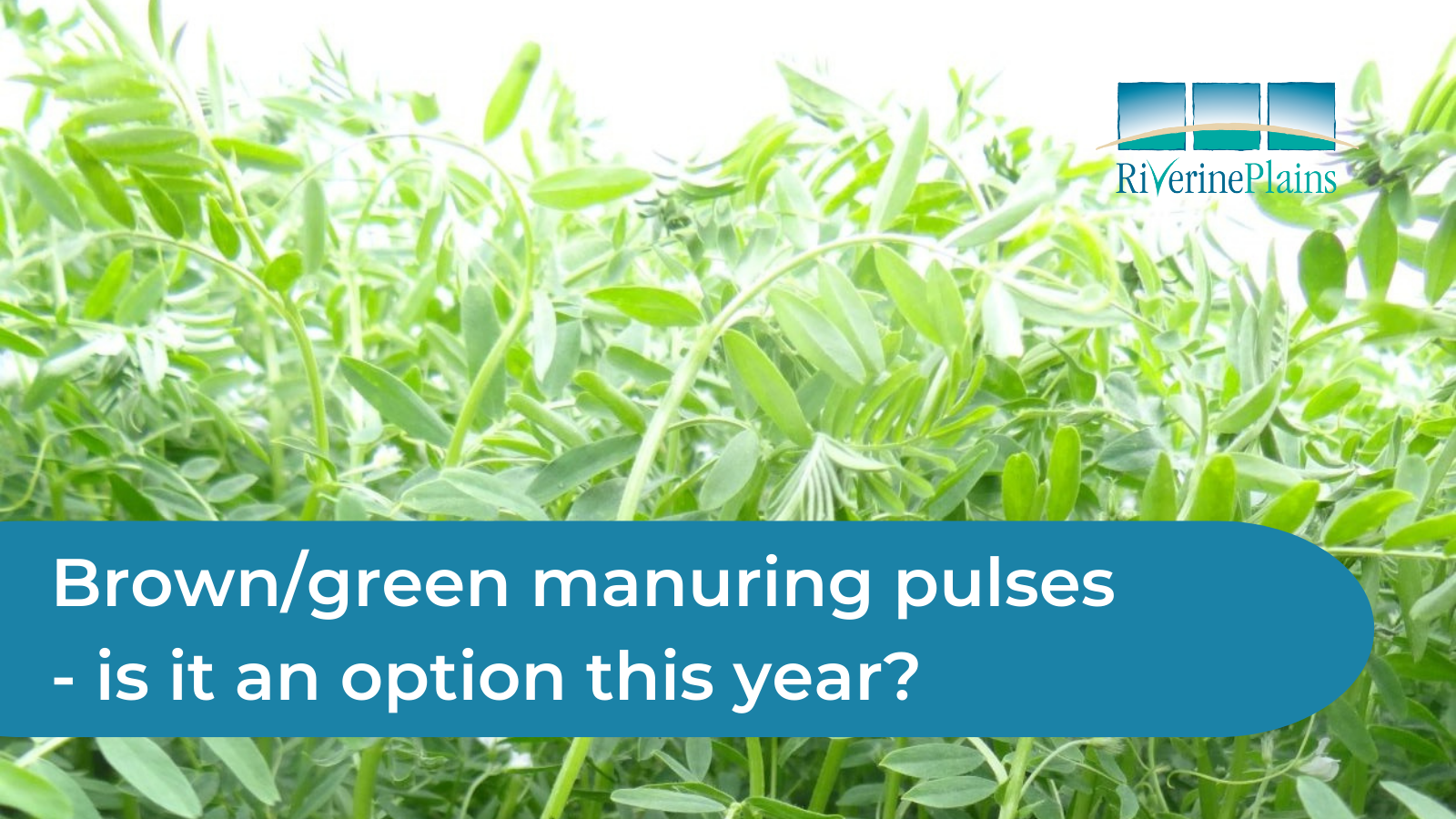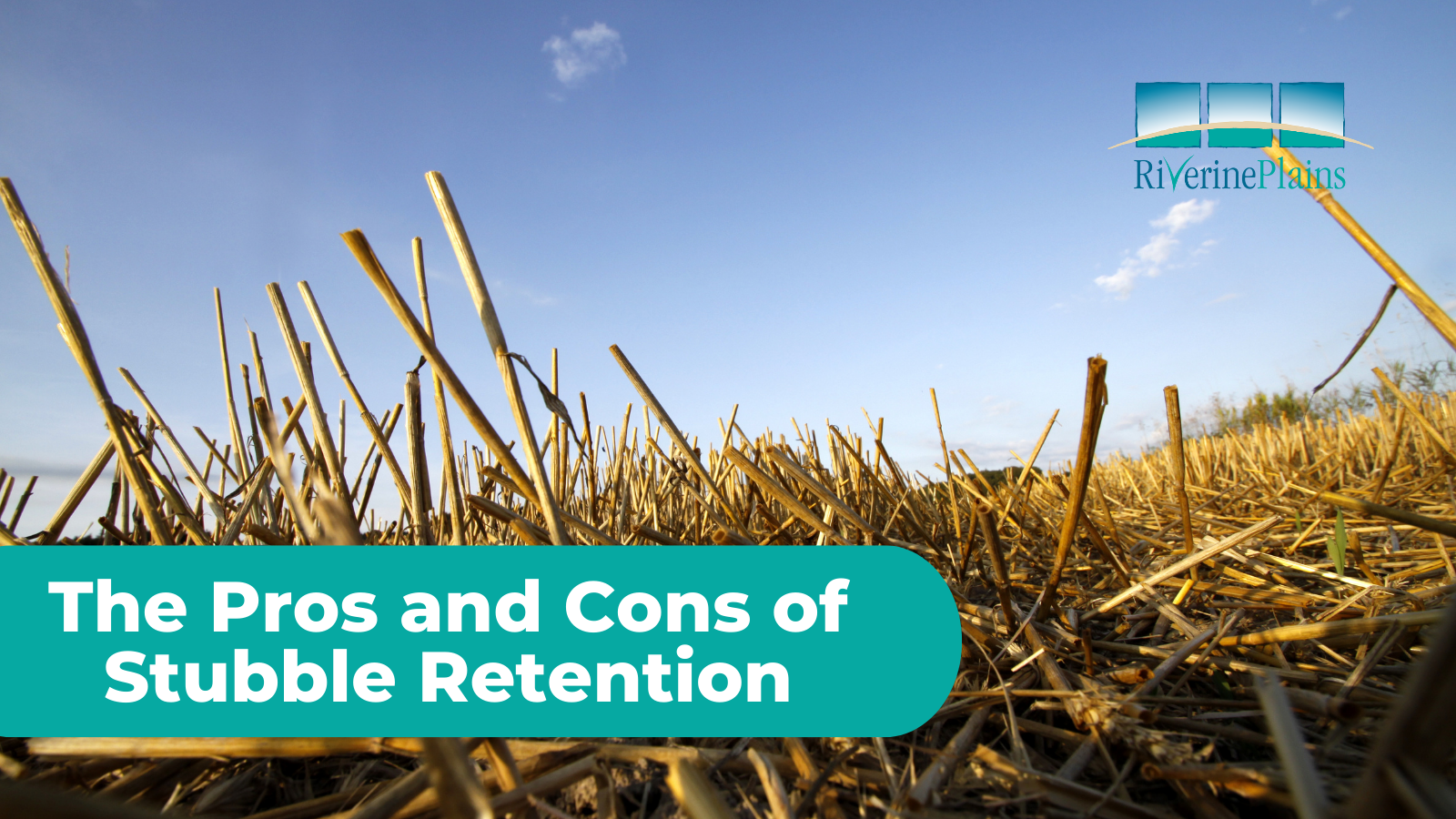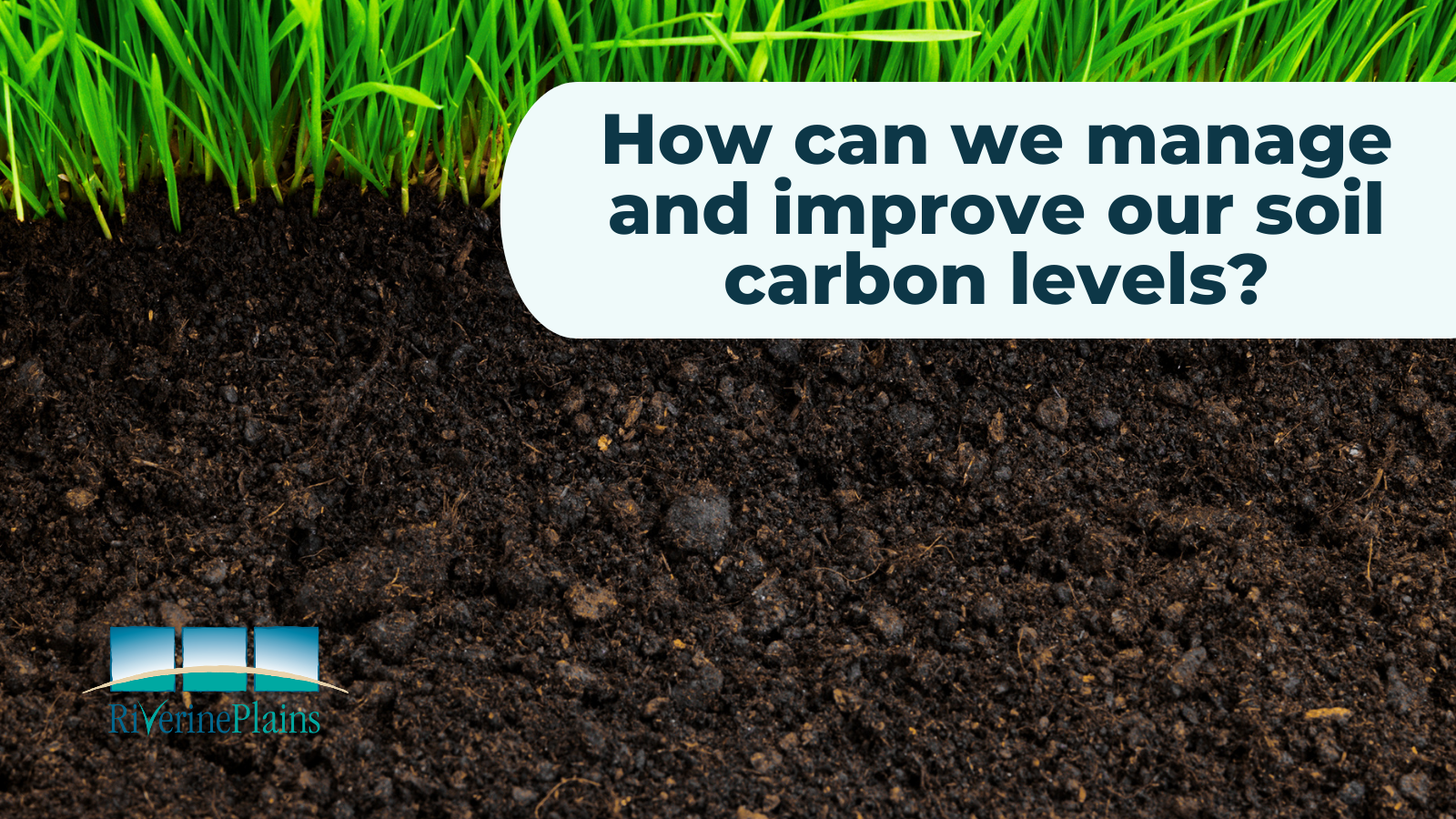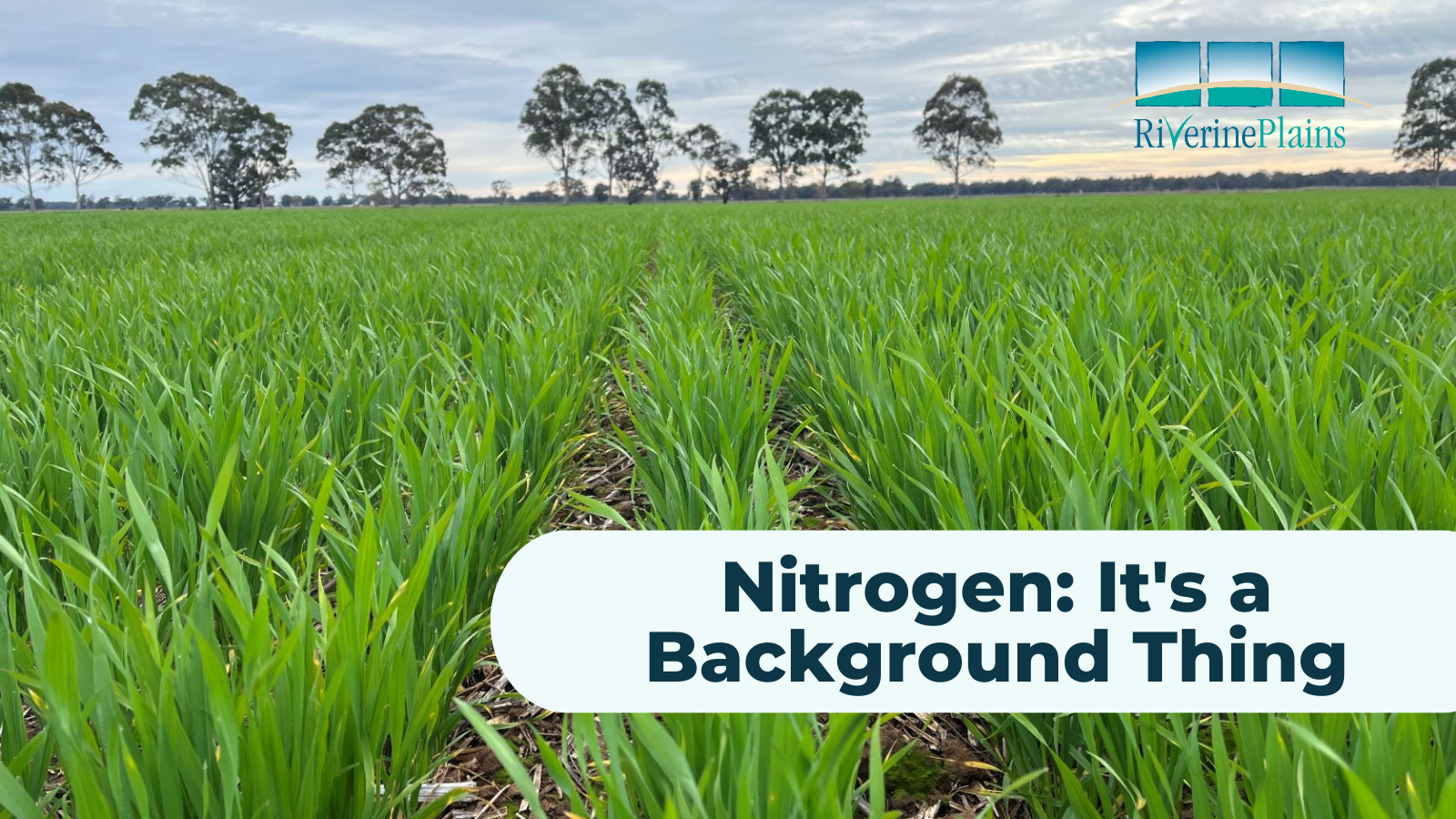Brown manuring your pulse crop - is it an option this year?
- Pulse crops are under pressure due to current wet conditions and disease
- Brown or green manuring pulse crops may be an option this spring
- Brown/green manuring can increase soil nitrogen, provide weed control options, help conserve moisture & improve soil structure and improve subsequent crop gross margins.
Perhaps trafficability has created difficulties with fungicide application and disease management has become problematic in your pulse crop. Or maybe specific weed issues have recently come into focus?





